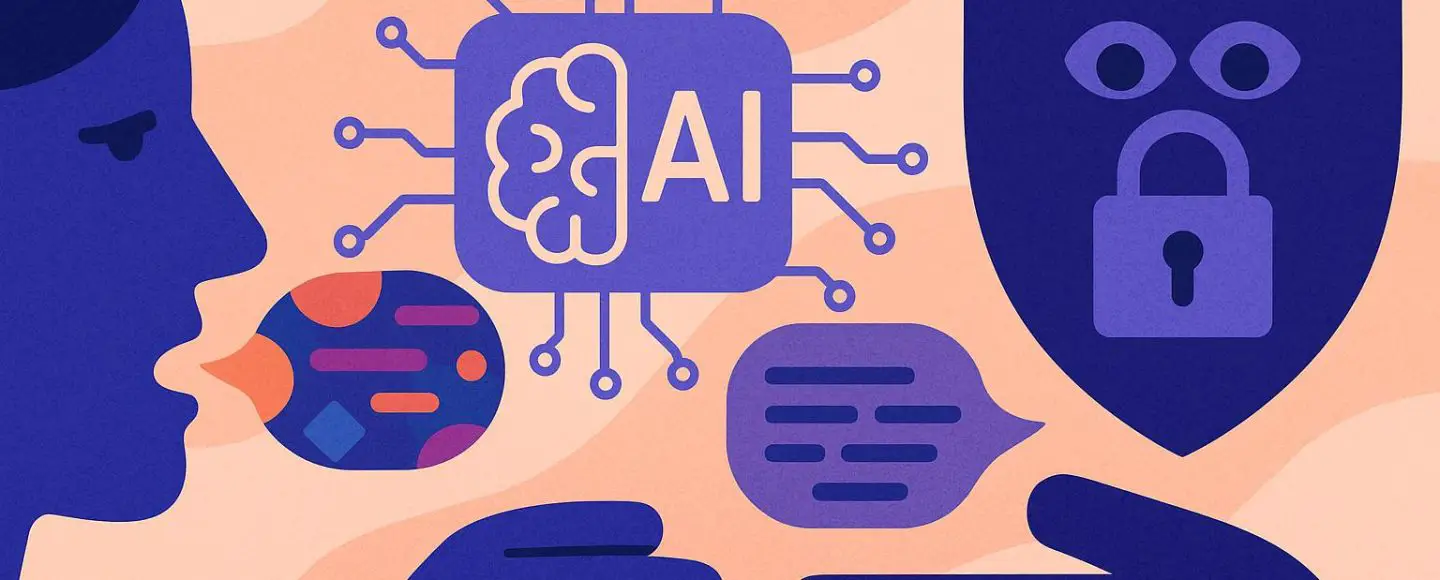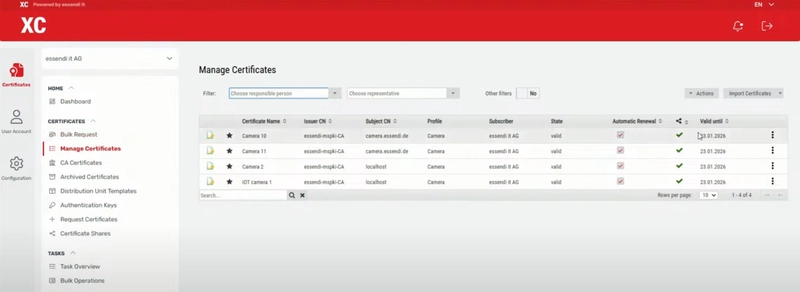Machine Learning Tutorial: Your First Guide to AI Concepts
Machine learning (ML) has become one of the most transformative technologies of the 21st century, powering everything from recommendation systems and fraud detection to self-driving cars and language translation. If you're new to this field and wondering where to begin, you're in the right place. This tutorial will walk you through the foundational concepts of machine learning, helping you understand what it is, how it works, and how to get started with your first ML project. What is Machine Learning? Machine learning is a subset of artificial intelligence (AI) that enables computers to learn from data and improve their performance over time without being explicitly programmed. Instead of writing rigid rules, developers feed data to algorithms that can find patterns, make decisions, or predict outcomes. For example, a spam filter learns to distinguish spam from legitimate emails by analyzing thousands of messages labeled as spam or not spam. Over time, the system becomes better at identifying new spam messages—even ones it hasn't seen before. Key Concepts in Machine Learning Before diving into code or algorithms, it's important to understand a few essential concepts: 1. Supervised vs. Unsupervised Learning Supervised Learning: The model learns from labeled data. For example, a dataset with features (like height and weight) and a label (like “overweight” or “not overweight”). The algorithm tries to learn the relationship between features and labels. Unsupervised Learning: The model works with data that has no labels. The goal is to find hidden structures or patterns—like grouping customers into segments based on buying behavior. 2. Training and Testing Data is usually split into two parts: Training data: Used to train the model. Testing data: Used to evaluate how well the model performs on new, unseen data. This split helps ensure the model can generalize well and isn’t just memorizing the training data. 3. Features and Labels Features: Input variables (e.g., age, income, weather). Labels: Output variables that the model is trying to predict (e.g., house price, whether a customer will churn). 4. Overfitting and Underfitting Overfitting: When a model performs well on training data but poorly on new data. Underfitting: When a model is too simple to capture the underlying pattern of the data. A good model finds the right balance between the two. Popular Algorithms in Machine Learning While there are many algorithms, here are a few common ones: Linear Regression: Used for predicting a continuous value. Logistic Regression: Used for binary classification (e.g., yes/no). Decision Trees and Random Forests: Tree-based models that split data into decision paths. K-Means Clustering: An unsupervised algorithm used for grouping similar items. Support Vector Machines (SVM): Effective for classification tasks. Neural Networks: The backbone of deep learning, used for complex tasks like image recognition. Tools and Libraries to Get Started To begin experimenting with machine learning, here are some beginner-friendly tools: Python: The most popular language in ML due to its simplicity and ecosystem. Scikit-learn: A beginner-friendly library for implementing ML algorithms. Pandas: Useful for data manipulation and analysis. NumPy: For numerical computing. Matplotlib / Seaborn: For data visualization. A Simple Machine Learning Workflow Here’s a basic workflow you can follow for a beginner ML project: Define the Problem: What are you trying to predict or understand? Collect Data: Find or create a dataset. Clean and Prepare Data: Handle missing values, normalize data, encode categorical variables. Choose a Model: Start with something simple like linear regression. Train the Model: Feed your training data into the algorithm. Evaluate the Model: Use the test data to see how well the model performs. Tune and Improve: Adjust parameters or try different algorithms. Deploy: If it performs well, use it in a real-world application. Example: Predicting House Prices Let’s say you want to predict house prices based on size, location, and number of bedrooms. You could: Use a dataset like the Boston Housing dataset. Clean the data with Pandas. Use Scikit-learn to build a linear regression model. Train it on 80% of the data and test it on the remaining 20%. Evaluate the results using metrics like Mean Absolute Error (MAE). Final Thoughts Machine learning can seem intimidating at first, but by breaking it down into digestible steps and learning by doing, it becomes much more approachable. Focus on understanding the core concepts before diving too deep into advanced algorithms or frameworks. In future machine learning tutorials, we’ll walk through actual coding examples and build real machine learning projects using Python and popular libraries. For now, take tim

Machine learning (ML) has become one of the most transformative technologies of the 21st century, powering everything from recommendation systems and fraud detection to self-driving cars and language translation. If you're new to this field and wondering where to begin, you're in the right place. This tutorial will walk you through the foundational concepts of machine learning, helping you understand what it is, how it works, and how to get started with your first ML project.
What is Machine Learning?
Machine learning is a subset of artificial intelligence (AI) that enables computers to learn from data and improve their performance over time without being explicitly programmed. Instead of writing rigid rules, developers feed data to algorithms that can find patterns, make decisions, or predict outcomes.
For example, a spam filter learns to distinguish spam from legitimate emails by analyzing thousands of messages labeled as spam or not spam. Over time, the system becomes better at identifying new spam messages—even ones it hasn't seen before.
Key Concepts in Machine Learning
Before diving into code or algorithms, it's important to understand a few essential concepts:
1. Supervised vs. Unsupervised Learning
- Supervised Learning: The model learns from labeled data. For example, a dataset with features (like height and weight) and a label (like “overweight” or “not overweight”). The algorithm tries to learn the relationship between features and labels.
- Unsupervised Learning: The model works with data that has no labels. The goal is to find hidden structures or patterns—like grouping customers into segments based on buying behavior.
2. Training and Testing
Data is usually split into two parts:
- Training data: Used to train the model.
- Testing data: Used to evaluate how well the model performs on new, unseen data.
This split helps ensure the model can generalize well and isn’t just memorizing the training data.
3. Features and Labels
- Features: Input variables (e.g., age, income, weather).
- Labels: Output variables that the model is trying to predict (e.g., house price, whether a customer will churn).
4. Overfitting and Underfitting
- Overfitting: When a model performs well on training data but poorly on new data.
- Underfitting: When a model is too simple to capture the underlying pattern of the data.
A good model finds the right balance between the two.
Popular Algorithms in Machine Learning
While there are many algorithms, here are a few common ones:
- Linear Regression: Used for predicting a continuous value.
- Logistic Regression: Used for binary classification (e.g., yes/no).
- Decision Trees and Random Forests: Tree-based models that split data into decision paths.
- K-Means Clustering: An unsupervised algorithm used for grouping similar items.
- Support Vector Machines (SVM): Effective for classification tasks.
- Neural Networks: The backbone of deep learning, used for complex tasks like image recognition.
Tools and Libraries to Get Started
To begin experimenting with machine learning, here are some beginner-friendly tools:
- Python: The most popular language in ML due to its simplicity and ecosystem.
- Scikit-learn: A beginner-friendly library for implementing ML algorithms.
- Pandas: Useful for data manipulation and analysis.
- NumPy: For numerical computing.
- Matplotlib / Seaborn: For data visualization.
A Simple Machine Learning Workflow
Here’s a basic workflow you can follow for a beginner ML project:
- Define the Problem: What are you trying to predict or understand?
- Collect Data: Find or create a dataset.
- Clean and Prepare Data: Handle missing values, normalize data, encode categorical variables.
- Choose a Model: Start with something simple like linear regression.
- Train the Model: Feed your training data into the algorithm.
- Evaluate the Model: Use the test data to see how well the model performs.
- Tune and Improve: Adjust parameters or try different algorithms.
- Deploy: If it performs well, use it in a real-world application.
Example: Predicting House Prices
Let’s say you want to predict house prices based on size, location, and number of bedrooms. You could:
- Use a dataset like the Boston Housing dataset.
- Clean the data with Pandas.
- Use Scikit-learn to build a linear regression model.
- Train it on 80% of the data and test it on the remaining 20%.
- Evaluate the results using metrics like Mean Absolute Error (MAE).
Final Thoughts
Machine learning can seem intimidating at first, but by breaking it down into digestible steps and learning by doing, it becomes much more approachable. Focus on understanding the core concepts before diving too deep into advanced algorithms or frameworks.
In future machine learning tutorials, we’ll walk through actual coding examples and build real machine learning projects using Python and popular libraries. For now, take time to explore, read, and experiment. The best way to learn machine learning is to start doing it.





























![Apple Pay, Apple Card, Wallet and Apple Cash Currently Experiencing Service Issues [Update: Fixed]](https://images.macrumors.com/t/RQPLZ_3_iMyj3evjsWnMLVwPdyA=/1600x/article-new/2023/11/apple-pay-feature-dynamic-island.jpg)












































![iPhone 17 Air Could Get a Boost From TDK's New Silicon Battery Tech [Report]](https://www.iclarified.com/images/news/97344/97344/97344-640.jpg)
![Vision Pro Owners Say They Regret $3,500 Purchase [WSJ]](https://www.iclarified.com/images/news/97347/97347/97347-640.jpg)
![Apple Showcases 'Magnifier on Mac' and 'Music Haptics' Accessibility Features [Video]](https://www.iclarified.com/images/news/97343/97343/97343-640.jpg)
![Sony WH-1000XM6 Unveiled With Smarter Noise Canceling and Studio-Tuned Sound [Video]](https://www.iclarified.com/images/news/97341/97341/97341-640.jpg)














![How to upgrade the M4 Mac mini SSD and save hundreds [Video]](https://i0.wp.com/9to5mac.com/wp-content/uploads/sites/6/2025/05/M4-Mac-mini-SSD-Upgrade-Tutorial-2TB.jpg?resize=1200%2C628&quality=82&strip=all&ssl=1)






















































































































































































































![[The AI Show Episode 147]: OpenAI Abandons For-Profit Plan, AI College Cheating Epidemic, Apple Says AI Will Replace Search Engines & HubSpot’s AI-First Scorecard](https://www.marketingaiinstitute.com/hubfs/ep%20147%20cover.png)
























![How to Enable Remote Access on Windows 10 [Allow RDP]](https://bigdataanalyticsnews.com/wp-content/uploads/2025/05/remote-access-windows.jpg)






















































































![How to make Developer Friends When You Don't Live in Silicon Valley, with Iraqi Engineer Code;Life [Podcast #172]](https://cdn.hashnode.com/res/hashnode/image/upload/v1747360508340/f07040cd-3eeb-443c-b4fb-370f6a4a14da.png?#)







































































-Marathon-Gameplay-Overview-Trailer-00-04-50.png?width=1920&height=1920&fit=bounds&quality=70&format=jpg&auto=webp#)









































































